Risk management in non-domestic properties
The Technical Asset Management team at Resero oversees many areas, but at the heart of what we do is risk management. Our market-leading site audits are supported by tailored software that ensures consistent reporting whilst mitigating landlord risk.
What is building statutory compliance in the UK?
Statutory compliance in non-domestic properties refers to the legal requirement for commercial buildings to adhere to certain laws, regulations, and standards. This is crucial in ensuring the safety, health, and welfare of the people who use these buildings and that the building complies with environmental regulations. Non-compliance can pose significant risks to insurance policies, the value of the property and of course the occupants’ health and wellbeing.
The role of statutory compliance in non-domestic properties is multifaceted and includes the following:
01 Safety:
One of the primary roles of statutory compliance is to ensure the safety of all occupants. Safety in commercial buildings encompasses a wide range of measures to protect occupants from potential hazards.
Fire safety is a primary concern, which requires the installation of fire detection and alarm systems, emergency lighting, and fire suppression systems like sprinklers. Regular fire risk assessments must be conducted to identify and mitigate risks, while specialist M&E advice should be obtained when making any changes to the MEP services or fabric of the building. Electrical safety standards and gas safety regulations are equally important, with specialist knowledge required to ensure ongoing compliance.
Additionally, structural safety is crucial, with regular inspections and maintenance to prevent collapses or structural failures. Building managers also address health and safety risks such as slips, trips, and falls by maintaining clean and well-lit spaces, implementing proper signage, and providing appropriate personal protective equipment.
02 Health & wellbeing:
Ensuring a healthy and supportive environment in commercial buildings is essential for occupants' physical and mental wellbeing.
Indoor air quality is a significant factor, achieved through proper ventilation systems, filtration, and the use of low-VOC (volatile organic compound) materials. Thermal comfort is another key element of occupant wellbeing, minimising overheating risks throughout the summer through proper ventilation and shading. Statutory compliance also covers areas such as sanitation, and waste disposal.

03 Accessibility:
Compliance with accessibility laws is another important aspect of statutory compliance. Ensuring accessibility in involves removing barriers and providing equal access to all individuals, regardless of disability. This includes designing entrances and pathways with slopes or ramps to accommodate wheelchair users and installing elevators for multi-story buildings.
Interior spaces are designed with wide corridors, doorways with sufficient clearance, and accessible restroom facilities equipped with grab bars and accessible sinks. Tactile signage, audible alarms, and visual aids assist individuals with sensory impairments in navigating the building safely. Compliance with accessibility standards, such as the Equality Act 2010 in the UK ensures that buildings are inclusive and welcoming to everyone.
04 Energy Efficiency:
Commercial buildings need to meet certain energy efficiency standards as part of their statutory compliance (energy performance certificate ratings).
Enhancing energy efficiency in commercial buildings involves a comprehensive approach to reduce energy consumption and minimize environmental impact. Building envelope improvements, such as insulation upgrades and window glazing, help minimize heat loss and improve thermal comfort.
Lighting upgrades to energy-efficient LED fixtures and occupancy sensors reduce electricity usage, while smart lighting controls optimize usage based on occupancy and daylight availability. HVAC systems are optimized through regular maintenance, efficient equipment upgrades, and the implementation of building automation systems for scheduling and temperature control. Renewable energy technologies may also be integrated to generate onsite clean energy and reduce reliance on grid electricity.

05 Environmental Impact:
Compliance with environmental regulations encompasses various initiatives to minimise a building's environmental footprint and promote sustainability. Waste management practices, including recycling programs and waste reduction strategies, help divert waste from landfills and conserve resources. Water conservation measures, such as low-flow plumbing fixtures and rainwater harvesting systems, reduce water consumption and alleviate strain on local water supplies.
Energy conservation strategies, including energy-efficient building design and operations, support efforts to reduce greenhouse gas emissions and combat climate change. Green building certifications, such as LEED (Leadership in Energy and Environmental Design) or BREEAM (Building Research Establishment Environmental Assessment Method), provide frameworks for achieving high environmental performance and demonstrating a commitment to sustainability.
Conclusion
The challenge for landlords, fund managers, building managers and occupants is ensuring these risks are mitigated. This responsibility goes beyond simply appointing maintenance contractors and keeping records of site visits and service records. Reviewing works carried out, the content of reports, and acting on recommendations requires a consistent, diligent approach that is not always possible for a building manager dealing with a multitude of varying issues and events.
Technical Asset Management that includes regular site audits, detailed maintenance specifications, asset registers, quote approvals, landlord tenant agreements and life cycle cost planning is the recognised way in which risk and expenditure can be monitored and mitigated.
At Resero we have many years of experience in delivering effective Technical Asset Management strategies tailored to individual properties whilst providing a consistency of reporting, download a copy of our specialist audit report to see the areas of risk that are often overlooked, risking breaches of statutory compliance regulations and insurance policy voidance.
Download our Technical Asset Management Audit Report
You can read more about Resero's Technical Asset Management services
here.












